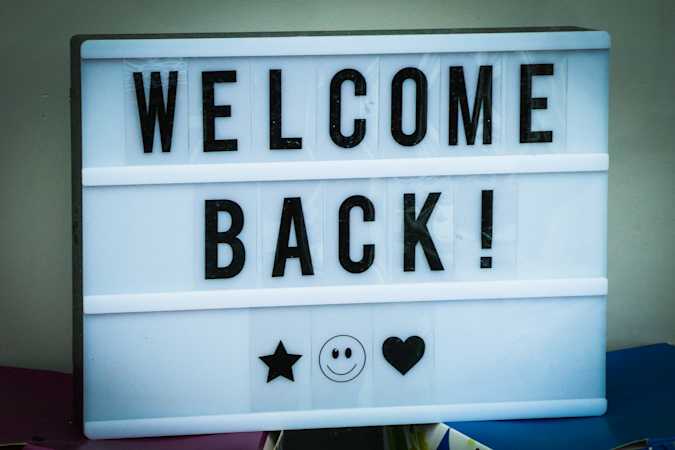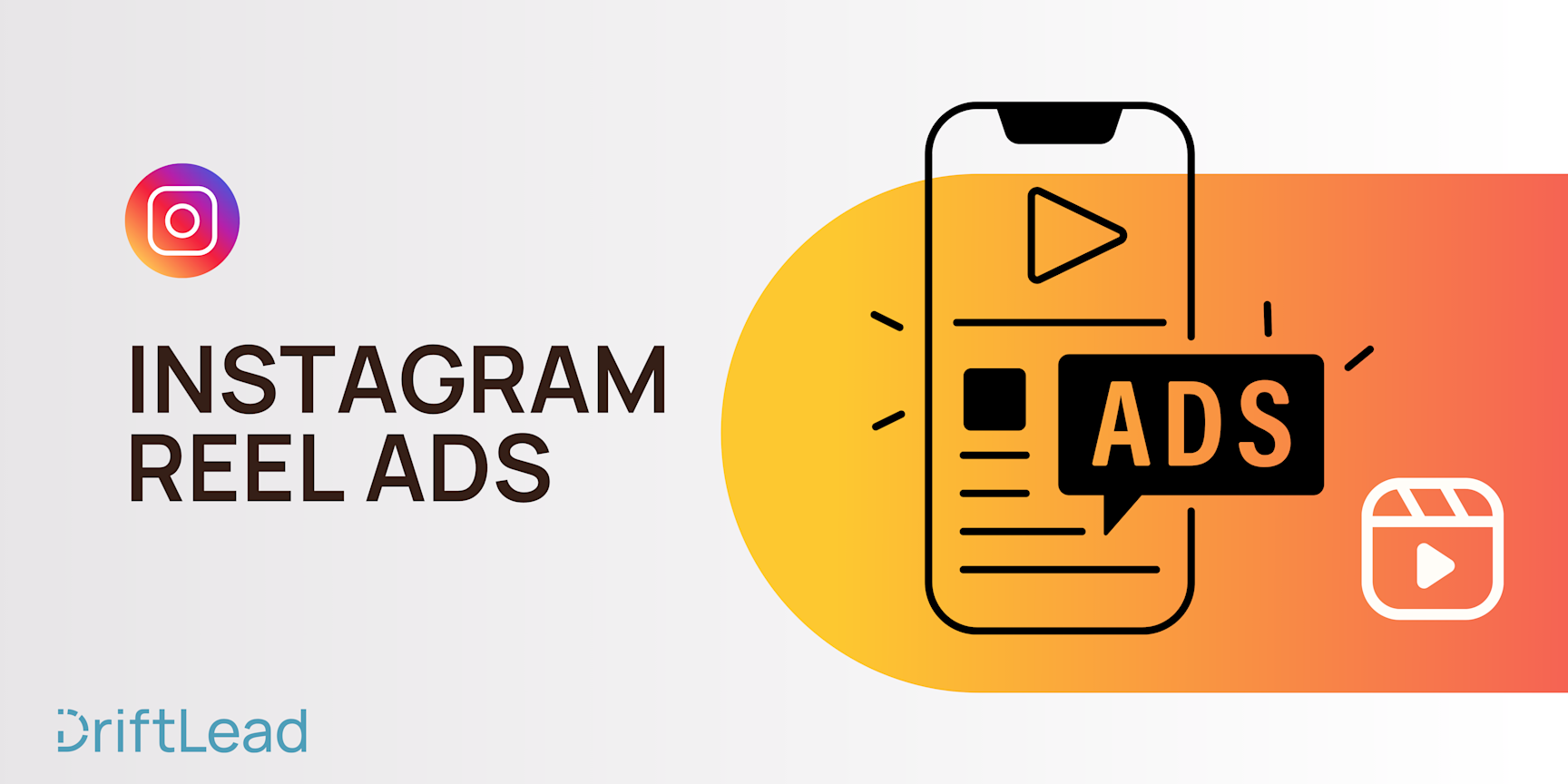An Introduction to RLSA and Why You Should Be Using Them
24 Apr, 2023
RLSAs, or remarketing lists for search ads are not new but may be just what your paid search campaign is missing. Learn how you can use them in this article.

Jump to:
#advertising
Hop on our weekly newsletter train! We're sharing tips so stellar, we're practically job-threatening ourselves!
If you are running search ads on Google ads or you have a PPC agency running them on your behalf, you probably have heard the term "RLSA" tossed around. But, perhaps you didn't know what it meant or want to learn a bit more about how it can help your digital advertising strategy. Whatever your reason for clicking on this article, we will tell you all about RLSAs and how you can use them to improve your search marketing performance.
What is RSLA?
RLSA, or remarketing lists for search ads, is a unique form of segmentation and targeting coined by Google ads (Bing, of course, has its own variation). As the name suggests, RLSAs allow you to remarket to users who previously visited or engaged with your site through search ads.
This is a great way to get in front of users that are already familiar with your brand but perhaps weren't ready to buy the first time around and are still actively searching for a solution to their problem. For example, if someone visits your furniture store's website, sees a few pieces they like but doesn't buy anything, RLSA allows you to continue reaching out to them with targeted ads on Google search results pages.
RSLA vs. Display Remarketing
If you have worked in digital marketing in the past, you probably are already familiar with traditional display remarketing. Display remarketing allows you to retarget users who have already been to your website through a banner ad, video, or social media ad. While display remarketing can be an extremely effective way to re-engage users who have already expressed interest in the past, RLSA may be an even better solution.
Unlike traditional retargeting, RLSA applies specifically to search campaigns. This means that for a user to see your ad, they must search for a related query in Google (or Bing). While the users who see your ad with RLSAs may be considerably fewer than those who would see a traditional retargeting ad, they offer something your traditional retargeting does not: intent. As with any search campaign, conversion and click-through rates tend to be far higher than display rates. The same is true with a remarketing campaign.
While the costs associated with an RSLA campaign are higher, overall CPAs and ad ROI generally trend better. Another benefit of search retargeting is that, unlike traditional display remarketing campaigns, you don't need fancy design capabilities or visual ad creative to attract users back to your site.
How RSLA Works
Both RLSA and traditional remarketing display campaigns rely on cookies. By placing a unique remarketing pixel on your site, a first-party cookie will be placed on each user that lands on your site. This allows Google ads to identify that user again in the future.
You can also use advanced segmentation on your remarketing lists by applying custom logic based on the user's engagement on the website or how long it's been since they visited. Google allows us to tailor ad copy, set custom bids, serve unique landing pages, and more to this specific group of former website visitors.
Expand Your Reach
A great way to use RSLA is to target broad match, generic keywords that you wouldn't otherwise target while filtering your campaign to only your remarketing lists. This will allow you to re-engage users while in the transactional, researching mode. In addition, the broad-match targeting will enable you to capture that user when they are searching for a related search term that you may not feel comfortable targeting in our standard campaigns.
Similarly, it can help you find relevant search terms that you may be overlooking with some of your more granular targetings. For instance, if you are a Ford dealership, you can use RLSAs to retarget users who have already been to your site, but instead of just targeting "ford" or specific, exact-match keywords, you can now target a broad match keyword of something more generic like "car."
By observing the search term reports in the Google UI, you can then learn what other related terms this user is searching for. For example, you may see that those same users who visited your Ford dealership page often search for "chevy equinox." You can then take this information to target this keyword specifically within your retargeting campaign or add it to your existing non-RLSA campaigns. Then, be sure to highlight why the Ford Escape is better than the Equinox in your landing page and ad copy.
Excluding Remarketing Lists
Depending on your business type, there may be specific segments of users that you don't want to bid on with your campaigns. This is especially true if your customers only purchase once or you have a customer portal, warranty page, or reasons that existing customers may want to come back to your site continuously.
If you bid on your brand terms (which we suggest you do), the last thing you want to do is pay for existing customers to click on your ads when they search for "your company customer support," "your company bill pay," or "your company login." While you want people to be able to find these sections of your website, you probably don't want to pay for them to do so. That's when exclusion lists can help you bid only on the users who have the potential to convert.
You can create a dynamic exclusion list based on user's behavior on your site, or if you have, let's say, an email list of existing customers, Google will allow you to upload it and target or exclude it in your campaigns.
Tailor Your Messaging
RLSA targeting allows you to deliver a specific message to users who previously visited your site. Use this as an opportunity to provide more transactional messaging or remind them why they visited your site in the first place.
You can also use ad customizers to deliver a specific message to individual segments. For example, let's say you are the auto dealership we mentioned earlier; you probably have various cars that you sell, such as sedans, crossovers, SUVs, and trucks. You can create a unique remarketing audience for each of these segments, and with the same campaign, you can ensure someone in the crossover group sees "The Leading Crossover Brand" while the truck group sees "The Leading Truck Brand." Again, this will help you deliver more relevance without creating a super-segmented campaign (although this is also an option.)
If you're feeling super ambitious, you can even take this a step further and make an audience for each specific make of car. Although in the case where there is a lot of overlap (for instance, the same user has looked at two different types of sedans), it can become less effective.
Finally, by leveraging RLSAs, you can deliver a unique promotion to users who have been to your site before or completed a particular action. For example, let's say you are an eCommerce store, and someone abandoned their purchase. By creating an audience of cart abandoners, you can choose to serve them an ad that reads "Save 25% on Your Purchase" or something that other searchers will not see.
Tailor Your Landing Page
Just as you can serve audience-specific ad copy to prior site visitors using RLSA, you can also serve custom landing pages based on a user's behavior on your website. In most scenarios, when you leverage this strategy, you will want to be sure the landing page aligns with your ad copy, so you are achieving maximum ad relevance. But when you segment your campaigns to focus on remarketing audiences, you can deliver a hyper-specific landing page that promotes an abandoner-exclusive discount or shows a product category the user had previously viewed on your site.
Precisely Control Your Bids
You can also leverage remarketing lists to control your bids and ad spend precisely. Pay more for users who have been to the site before and less for those that haven't. You can do this without necessarily creating a unique remarketing campaign. Instead, add observation audiences for your retargeting segments onto your existing search campaigns and set bid modifiers for each. For example, you can set your maximum bid to be 50% higher on users who visited one of your product pages. This allows you to budget around interested users at a higher cost than those who have not previously expressed intent.
Let’s say you are a SaaS company that has several lead magnets on your website. You can create a remarketing list based on people who have recently engaged with a webinar or downloaded something on your site and bid up on those users if they are searching for your target keywords. This is a good idea because this user is already much more likely to convert (seeing as they have engaged with you in the past), so you can pay more to ensure that you show up at the top of the SERP since it's likely the click will lead to a conversion.
Different Types of Remarketing Segments
While there is only one format of remarketing segments in Google's eyes, we generally suggest that every business create the following audiences.
All Website Visitors
The first remarketing audience that everyone should have is a segment for all website visitors. This will capture everyone who visited your site, regardless of their actions, and is the easiest to segment to create because no logic goes into it. It will also be the audience you can start using in your RLSAs the soonest (because it will reach the minimum 1,000 users count the quickest).
All Website Visitors Segmented By Time
A user who visited your website 30 days ago will probably demonstrate different intent today than a user who visited it yesterday. So we suggest differentiating the two in your search remarketing segments. While the exact time segmentations will largely depend on your industry and the typical buying cycle, we recommend having a minimum of three different time-based audiences. Create a segment for those who very recently visited the site, let's say within the past week (again, it may differ from business-to-business based on your industry), one for those that visited the site somewhat recently, let's say within the past 8-30 days (you want to be sure to exclude those within the more recent timeframe.) And finally, you should have a segment for users who visited not as recently (let's say over a month ago).
Lead or Cart Abandoners
Whether you are a lead generation, SaaS company, or e-commerce store, there is a certain point where a user is on the verge of converting. These could be cart abandoners for e-commerce stores or users who visited the lead or sign-up page and did not complete the process. You should create a separate audience for these users because they will generally be the most valuable retargeting segment for your business.
Past Purchasers or Existing Customers
Whether your customers only buy from your once or come back multiple times a year, there is value in treating these users differently in your campaigns. For example, you may want to exclude existing customers because they will not be making another purchase on your site. Or perhaps, there is an opportunity to upsell them or get them to come back and buy again. Regardless, users who have already purchased from you in the past will behave considerably different than those who have not.
How to Set Up Your Segments
In the Google Ads UI, you can create remarketing lists in Audience Manager by adding a unique tracking script to your site. Within Audience Manager, you can then define different segments of users based on their onsite behavior, such as pages viewed, time since their last visit, and more.
Suppose you are looking to set up more advanced retargeting segments for users who performed a specific action onsite or did not complete a conversion action. In that case, you may need to set up custom events in Google Tag Manager or reference existing Google ads conversion events.
It can get a bit complicated when trying to create the right types of segments, so if you are feeling overwhelmed, get in touch with us.






